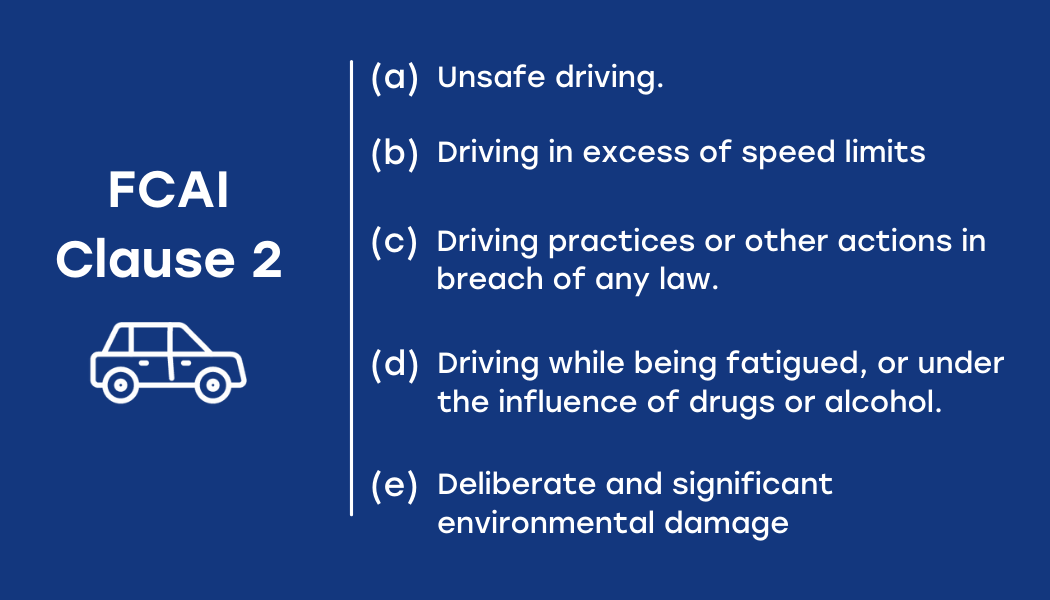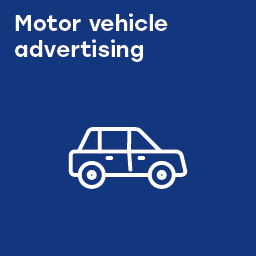It’s no surprise that motor vehicle companies have created some of the most memorable advertisements ever made. But not all of these ads are memorable for the right reasons and sometimes advertisers can cross the line because they don’t understand what the standards are, or what community sentiment will be.
This short guide with eight key facts will help advertisers and the wider community understand the rules around what can and can’t be shown in motor vehicle ads so that advertising content complies with the Federal Chambers of Automotive Industries’ (FCAI) Voluntary Code of Practice for Motor Vehicle Advertising (known as the FCAI Code).
The Code provides guidance about how motor vehicle advertisers can promote their products and all their capabilities, while still producing responsible advertising content with a focus on road safety. The same rules apply to motor vehicle advertising across all media from broadcast to print, outdoor and social media.
Let’s get started:
1. Who owns the Code about motor vehicle ads?
The FCAI Code was developed by the Federal Chamber of Automotive Industries which is also responsible for reviewing and updating the guidelines. The FCAI is the peak representative organisation for companies which distribute new cars, light commercial vehicles, motorbikes and all-terrain vehicles in Australia.
Ad Standards is responsible for administering the Code and providing input into important issues within the community that should be reflected in the regulations for motor vehicle advertisements.
2. Is the FCAI Code based on Australian law or community standards?
Australian community standards and Commonwealth, state, and territory road laws are used as a basis for this Code. This is to ensure that all motor vehicle advertisers show legal and responsible depictions of road and passenger safety.
3. What kind of ads does the FCAI Code apply to?
While vehicles appear in advertisements for a range of products, the FCAI Code is specifically targeted to the automotive industry – it applies to ads for cars, light commercial vehicles, motorbikes and ATVs.
Complaints about motor vehicles in ads for unrelated products are considered by the Ad Standards Community Panel under Section 2.6 (health and safety) of the AANA Code of Ethics.
4. What does the FCAI Code cover?
There are 4 Clauses under the Code covering:
Clause 1 → The context, objectives and scope of the Code.
Clause 2 → What should and shouldn’t be shown in motor vehicle advertisements.
Clause 3 → Use of motor sports in advertising.
Clause 4 → Depiction of off-road vehicles.
5. Which is the most frequently considered Clause?
Most complaints are considered under Clause 2 which has 5 sections underneath it:

6. Do motor vehicle ads filmed overseas need to comply with the FCAI Code?
Yes – advertisers filming content internationally should consider the road rules of the state or territory the ad will be shown in to make sure the content doesn’t breach driving practices under Australian law, as well as Australian community attitudes, and the FCAI Code by extension.
7. Can motor vehicle ads show high performance vehicles?
Yes – Clause 3 of the Code allows advertisers to depict motor sport scenes or simulations, and vehicle testing, as long as it’s clearly shown within a closed-circuit environment. Any motor vehicles shown to be racing or competing should be in clearly identifiable racing livery.
8. Are advertisers allowed to demonstrate the off-road capabilities of motor vehicles?
As long as an ad doesn’t portray unsafe driving on loose or unsealed terrain, Clause 4 of the FCAI Code allows advertisers to show an off-road vehicle’s capabilities in Australia.
If you’re making a motor vehicle ad or would just like to know more about the FCAI Code and how it’s applied by the Ad Standards Community Panel, visit the determination summaries page on the website.
Advertisers can also take advantage of the Ad Standards Copy Advice Service which is the fastest and most cost effective way to check whether or not your advertising is likely to meet community standards and comply with the relevant Codes. This service is provided by Ad Standards for a small fee and applies before broadcast or publication of advertisements.

